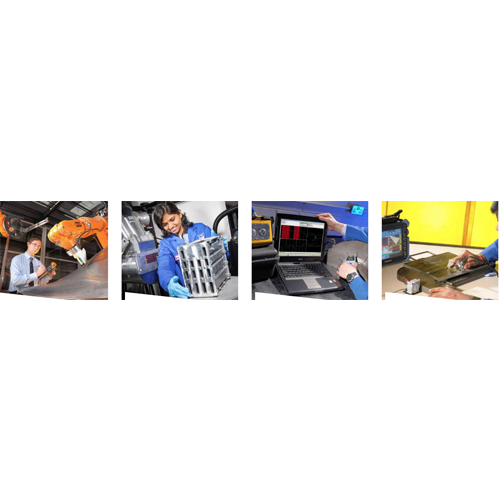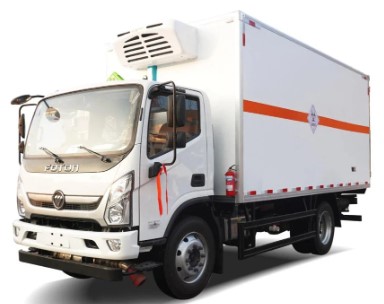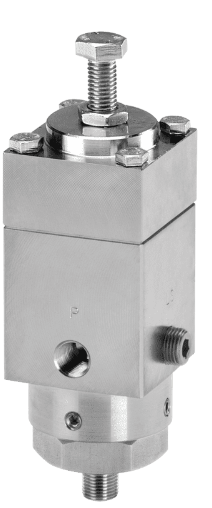
NDT Calibration
Thermal/Infrared Testing (IRT) is a method of assessing the condition of an object by determining the wavelength of infrared light emitted from its surface. Passive thermography uses sensors to measure the wavelength of emitted radiation, which can be used to detect overheating bearings, motors, or electrical components. Active thermography induces a temperature gradient through a structure, analyzing surface temperature variations to determine the component's condition
Ultrasonic Testing (UT) involves the transmission of high-frequency sound into a material to interact with features within the material that reflect or attenuate it. Pulse Echo Inspection introduces a sound beam into the test material surface, which travels through the part, either reaching the rear wall of the material and then returning to the transducer or returning early when reflected from a discontinuity within the part. If the acoustic velocity is known, the time interval recorded is then used to derive the distance travelled in the material.
Through Transmission Testing uses separate transducers to emit and receive the sound. The transmit probe is positioned one side of the test sample and the receive transducer is positioned on the other side. As the sound passes through the component, it is attenuated by features within it, such as porosity. Thickness measurement is not normally possible with this technique. Time of Flight Diffraction (ToFD) is used to detect the tip of a defect that resides perpendicular the probe contact surface. ToFD is also used for rear wall inspection for detection of corrosion.
Immersion Testing is a method where the requirement to wet couple the ultrasound probe to the part can be a challenge for large or complex geometric samples. For convenience, these parts are immersed in water – typically in an immersion tank. This method is usually enhanced by actuators that move the part and/or the probe within the tank during ultrasonic inspection.
Air Coupled Testing is performed in certain circumstances when certain inspections and materials cannot tolerate the application of wet coupled ultrasound testing. Electromagnetic Acoustic Transducer (EMAT) Testing is a type of non-contact inspection method that uses electromagnetic sound generation and reception without immediate contact or wet coupling with the part. Guided Wave Testing (GW) is ideal for testing pipes over long distances, using ultrasonic wave forms to reflect changes in the pipe wall, which are then sent to a computer for control and analysis.
Advanced Ultrasonic Methods include Automated Inspection, Phased Array Ultrasonic Testing (PAUT), Full Matrix Capture (FMC), Virtual Source Aperture (VSA), Vibration Analysis (VA), and Visual Testing (VT). Destructive testing destroys or changes the part in some way such that even if it passes the test, it is no longer fit for service
Eurocaltech has a wide range of industrial NDT services, including Radiography Testing, Altering Current Field Measurement, and Phased Array Ultrasonic Testing. Destructive testing destroys or changes the part in some way such that it is no longer fit for service if it passes the test
Non-Destructive Testing (NDT) offers several advantages, including leaving items undamaged, being safe for operators, and preventing injury or fatalities. It is an accurate way of inspection, as the tests are repeatable and can be used together to correlate results. NDT is also cost-effective, as it prevents the need to replace an item before malfunction occurs without destroying the piece itself. Operators can rest assured that their equipment is functioning properly, preventing future accidents and determining measures for life extension.
NDT is also useful for testing welds and verifying welding procedures to ensure that a welding process is completed to the correct specification within the bounds of quality control. This includes ensuring the base metal temperature, cooling rate, and use of compatible materials to prevent welding defects. Digital Radiography - NDT is a cost-effective and accurate method for ensuring the safety and functionality of structures, components, and machinery.




